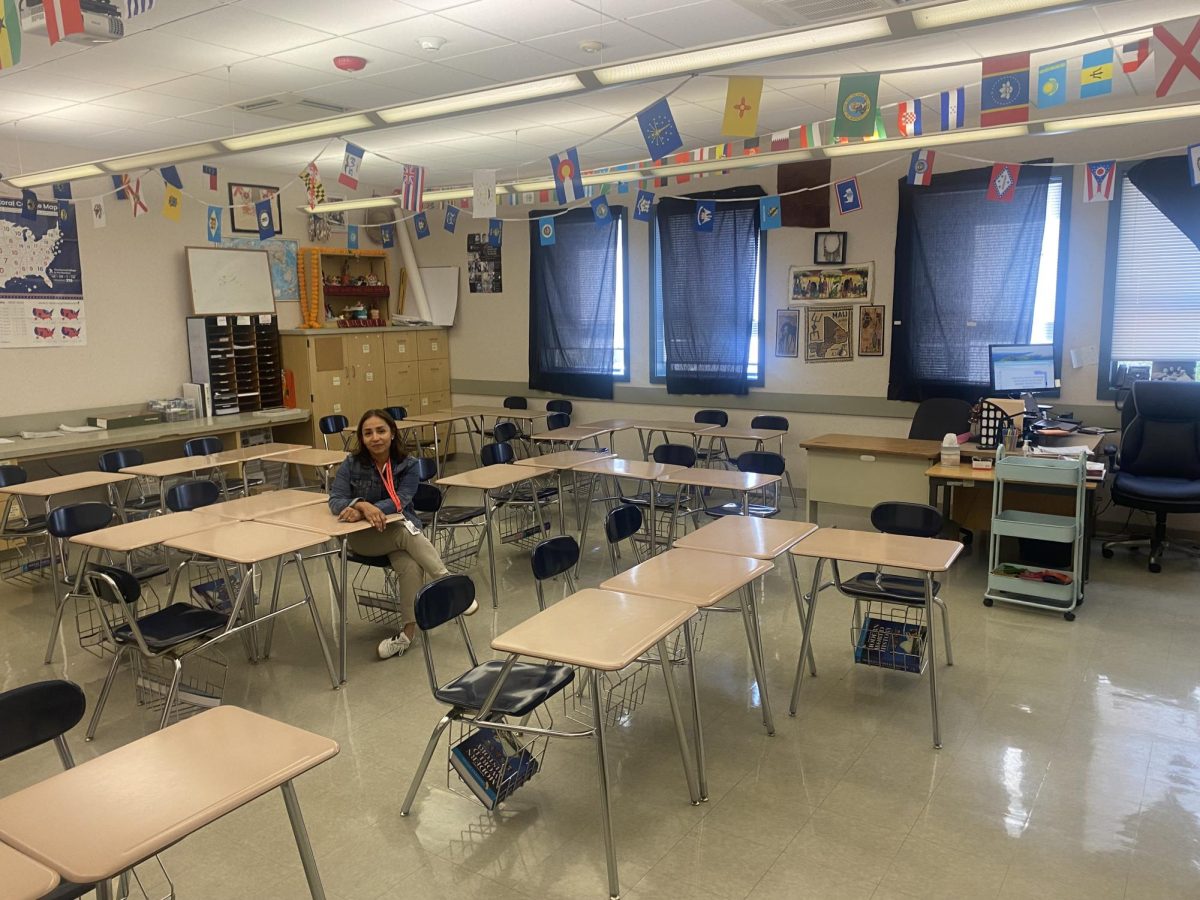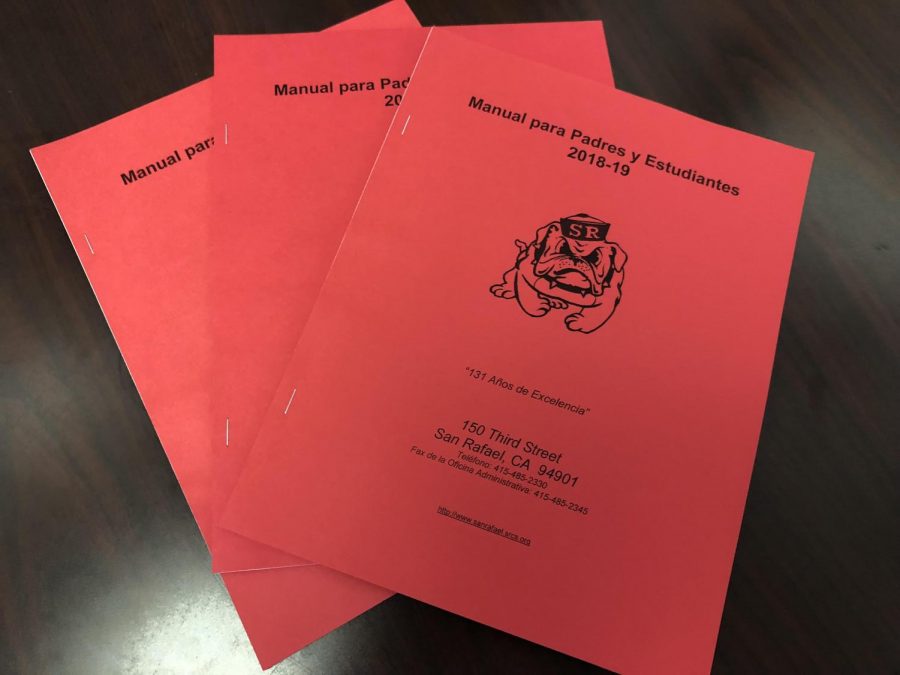SRHS Dress Code Sends Students the Wrong Messages
November 19, 2018
In the first few weeks of school, SRHS students hear a speech in the auditorium. Each year, the speech changes, but the school dress code is always included. The implications of dress code reach beyond our campus, from the underlying messages and embarrassing altercations with administrators, to the constraints it places on self-expression.
In the handbook currently available on the SRHS website, students and parents are informed that “student clothing must not present a health or safety hazard or a distraction that would interfere with the educational process.” This regulation masks the deep rooted problem of sexual harassment and assault. It was created for that purpose.
The conversation of dress code is now being covered at a national level, with an outcry to change the dress code due to its impact on how girl’s bodies are viewed and treated. This leads me to wonder why dress code is still a core piece of school systems across the nation.
Our administration has little incentive to change the dress code and subsequently neglects viable solutions. The problem is not the dress code itself, however, just the way it is written and the how it is enforced. At the end of the day, we come to school for an education and should dress accordingly. The dress code should not be eradicated, but instead modified.
Each time a girl is forced to conform to prevent the distraction of others, the underlying message of boy’s education coming before girl’s education comes to light. If boys are educated to respect women, as well as held accountable for their actions, the problem of possible distraction is solved. As schools take proper action against sexual assault and harassment, their dress codes no longer carry underlying messages, and instead, work to teach students about dressing for their futures.
Learning to dress appropriately is necessary. In many careers that high schoolers pursue after school, dressing inappropriately will have real consequences.
Changing the wording and reasons behind dress code is only part of the solution. Each time a girl is dress coded, the way in which it is carried out baffles me. What should be a private conversation between student and faculty has now become a “show” for others to watch. “It was passing period and I was walking with all my friends. I could hear Dr. Heredia yelling out from behind me. She was calling me “girl in the yellow shirt” and I kept walking. “She ran up to me and caused an entire scene in front of everyone,” a student who wishes to stay anonymous recalls.
Dress code disproportionately affects students not only based on gender but also body type. In high school, life is filled with stress and being blatantly discriminated against is the last thing students need to face. Seeing that the dress code that SRHS carries today teaches girls and boys the wrong messages, it is no wonder there is opposition from students. Many of us will spend close to 14 years of our developmental life in school where we are taught much more than information from textbooks. This is the place where we grow into ourselves, learning hundreds of valuable life lessons along the way. Schools must take responsibility and change the culture.







































Brooke Hansen • Dec 18, 2018 at 10:09 pm
I couldn’t agree more. This is my favorite line: “If boys are educated to respect women, as well as held accountable for their actions, the problem of possible distraction is solved.” We need to address this issue and change the underlying stereotype that girls are somehow responsible for their own harassment.
Thank you for bringing attention to this issue.
Jason • Dec 10, 2018 at 9:48 pm
Such a well written exposé! I agree with you 100% – dress codes disproportionately affect female students, and should be altered to meet 21st century society. Good luck with your articles going forward : )
Jason from Calculus
Shel Bachus • Dec 8, 2018 at 6:12 pm
Thoughts on Sarah Gorton’s Article
Ms. Gorton has discussed the dress code issue comprehensively and objectively. I agree completely with her that she should not have been admonished publicly. That act was not only disrespectful but also unprofessional on the part of the SRHS administration.
S.C. Bachus
SRHS, Class of 1959